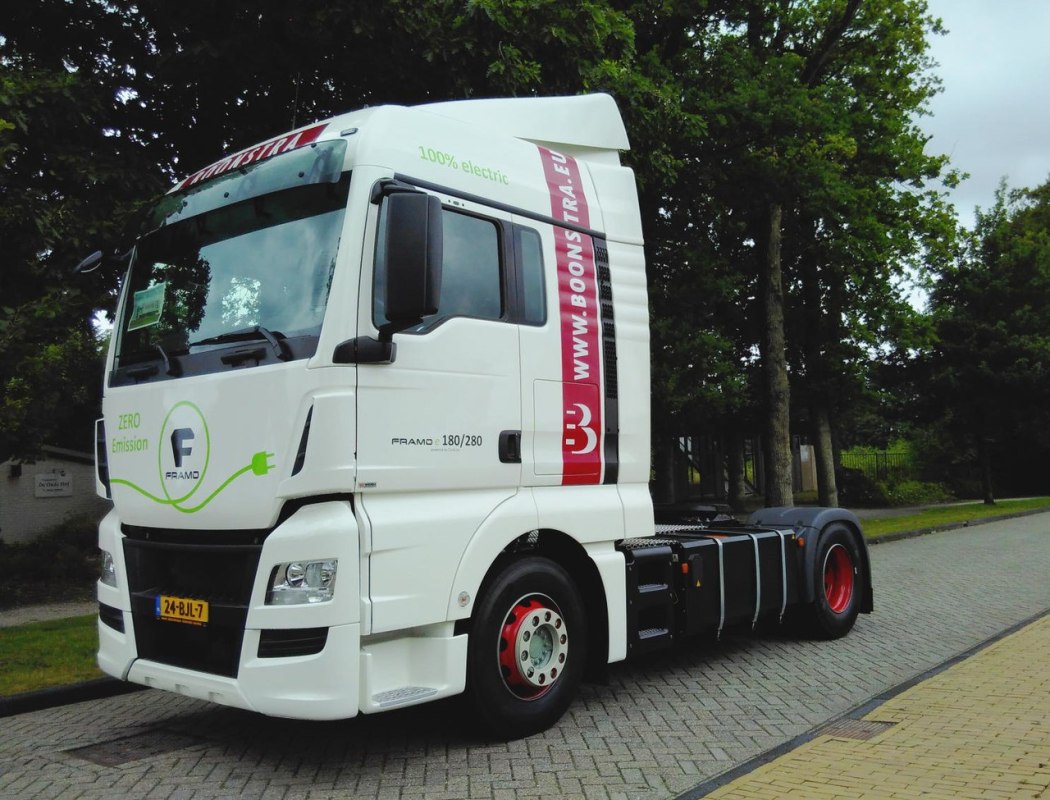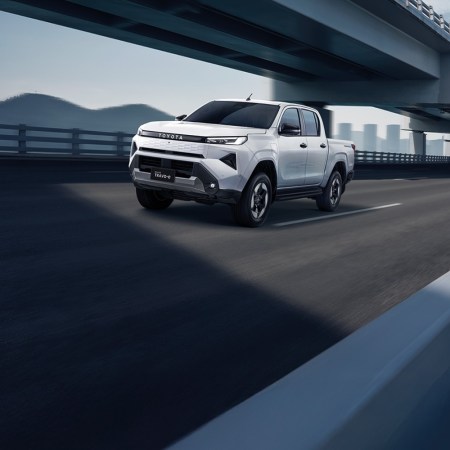Electric vehicles are becoming more and more widespread in the United States, and have gradually moved from luxury items to something more affordable. Next in line to become ubiquitous on the roads and highways of the U.S.? Electric trucks, if some predictions are to be believed. It’s understandable to see why such an idea would resonate with both trucking companies and environmental advocates. But if a dramatic shift in the direction of electric trucks is to take place, there’s one question that needs to be answered: how do you create the infrastructure for it?
If you’re Washington, Oregon and California, the answer is simple: team up. That’s the gist of a new report by Yessenia Funes at Earther . The project has been dubbed the West Coast Clean Transit Corridor Initiative, and it involves 9 utilities and a pair of agencies working in tandem. And the timetable discussed is one that will see results sooner rather than later:
The plan is to ultimately create electric charging stations every 50 miles along Interstate 5, which runs from up the West Coast, by 2025. First, the states will build 27 stations for medium-duty vehicles, such as delivery vans. However, by 2030, 14 of these stations will be upgraded to also charge big rig trucks. Most of the stations will be in California, but Oregon will have five and Washington six. Other main highways are also part of the plan as well.
Writing at Axios, Ben Geman offers a positive take on another initiative running parallel to this one: namely, California making a big push for more zero-emissions trucks. It’s a bold strategy, but with the creation of new infrastructure jobs, it may be the kind of project that offers both an economic and an environmental benefit.
Subscribe here for our free daily newsletter.
Thanks for reading InsideHook. Sign up for our daily newsletter and be in the know.


















